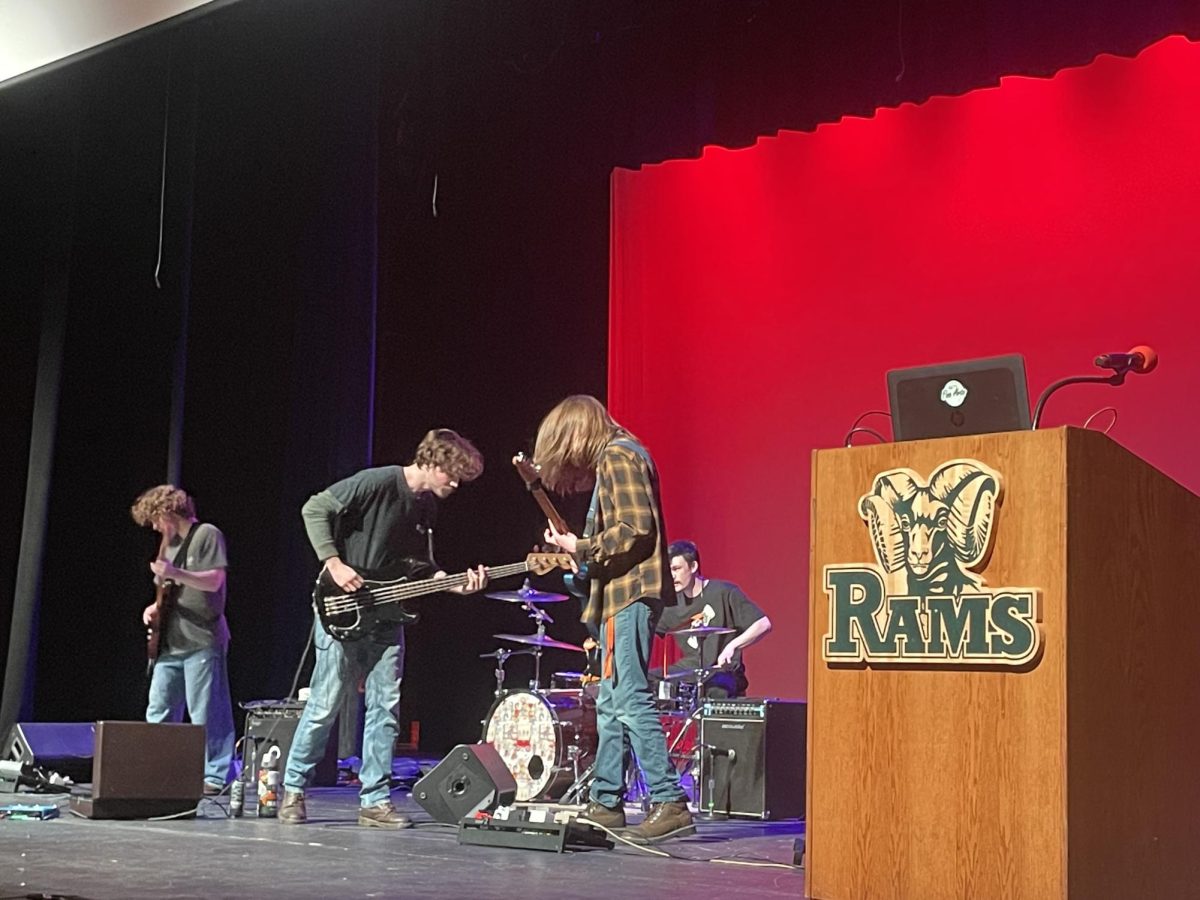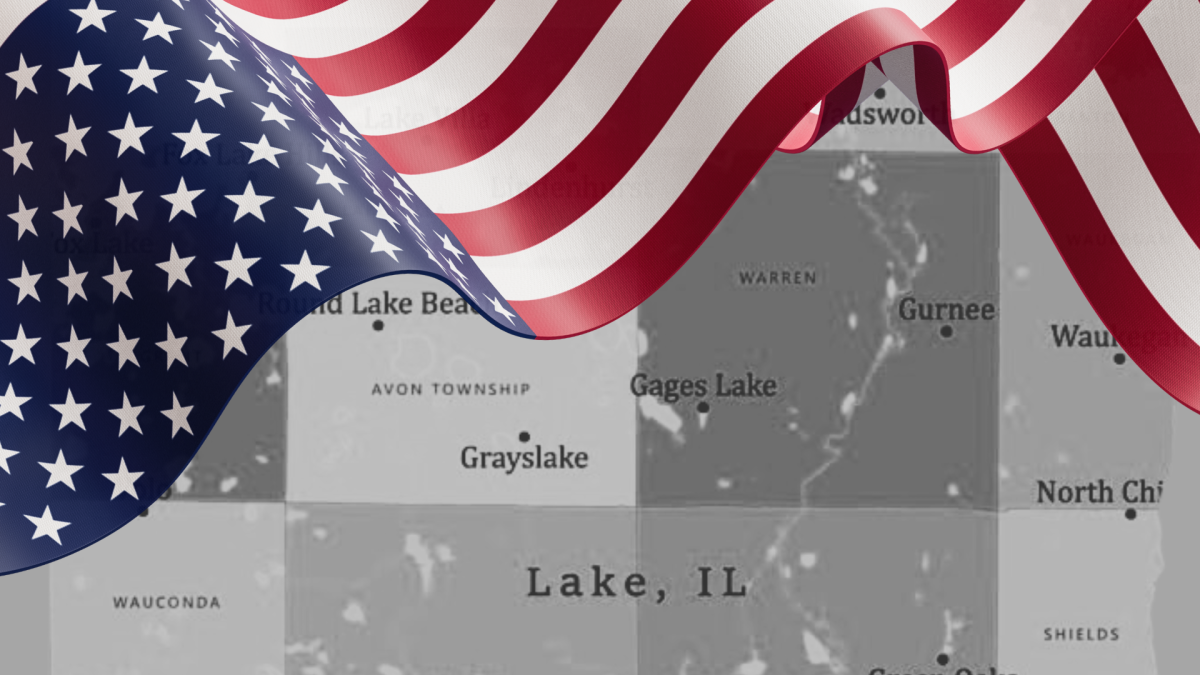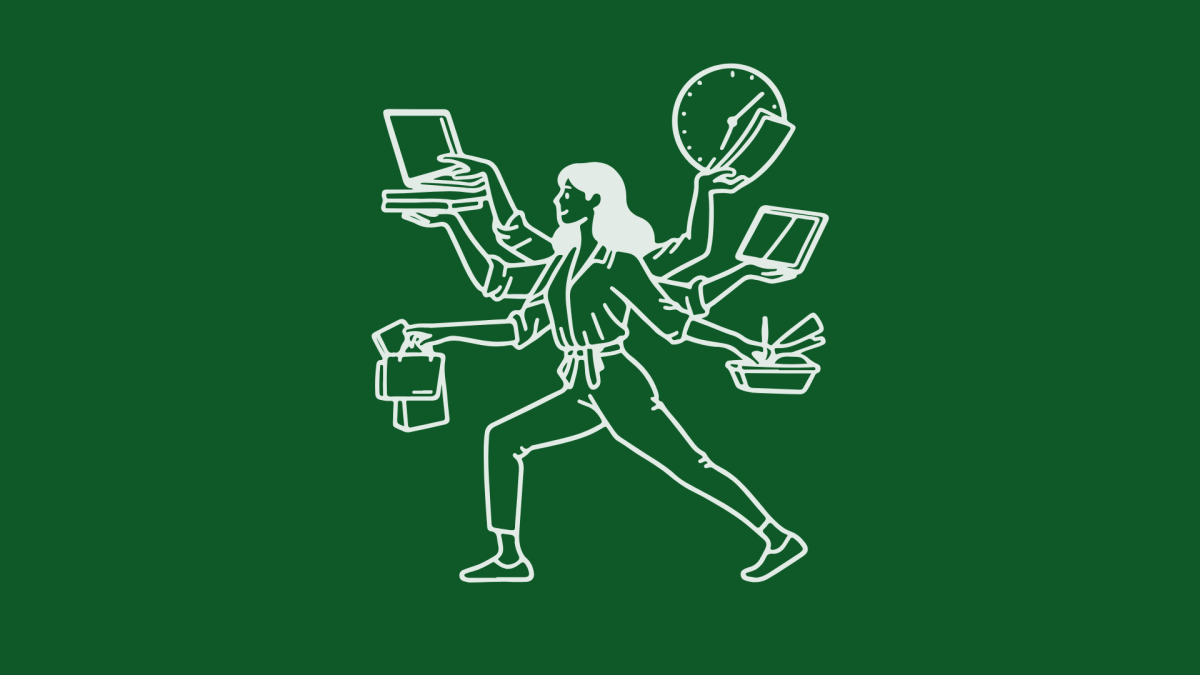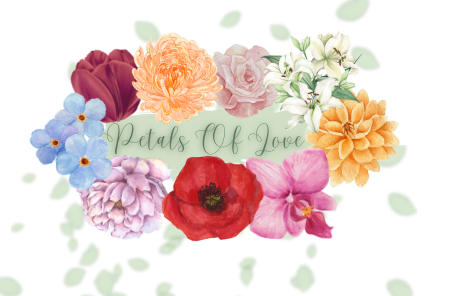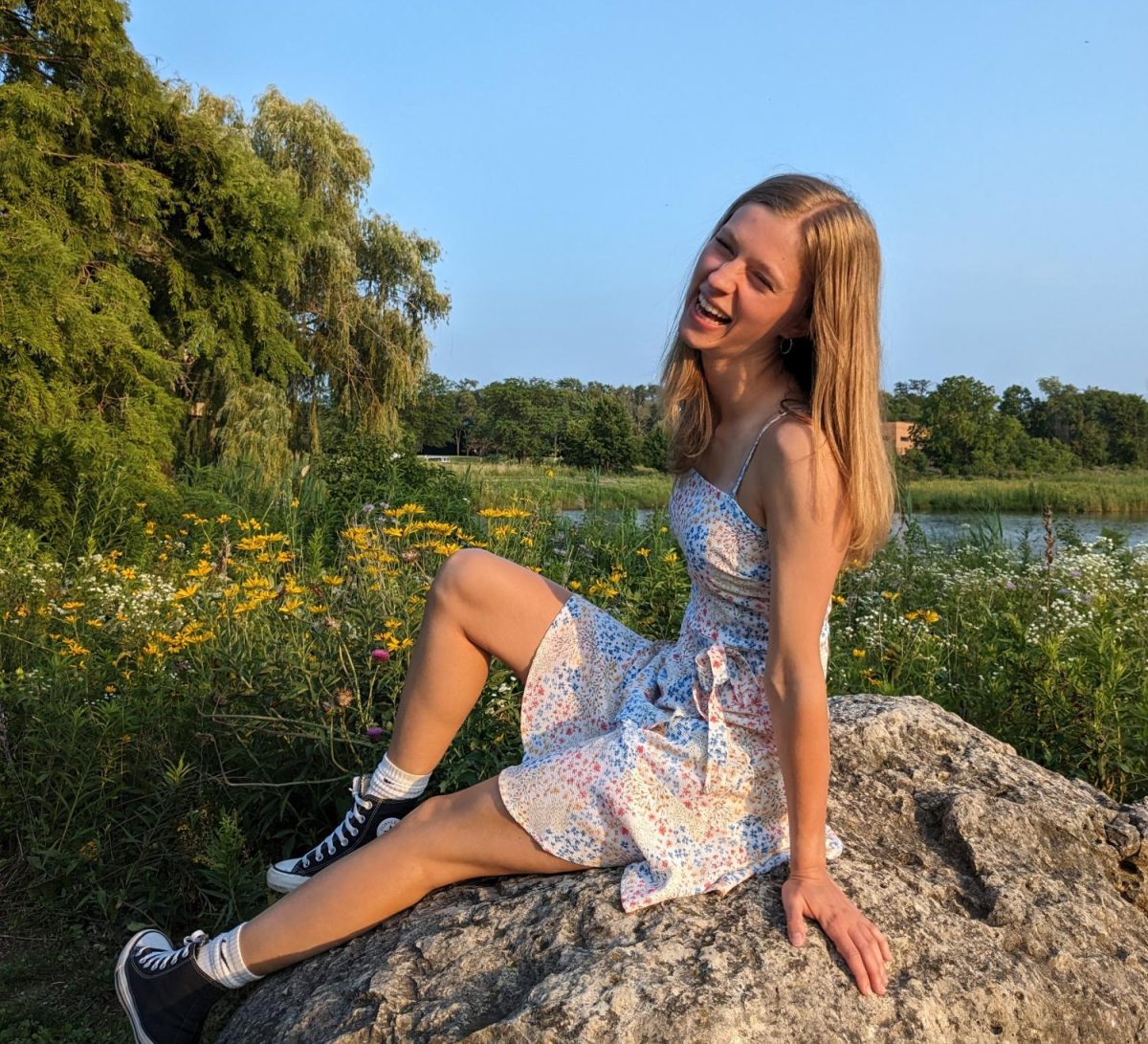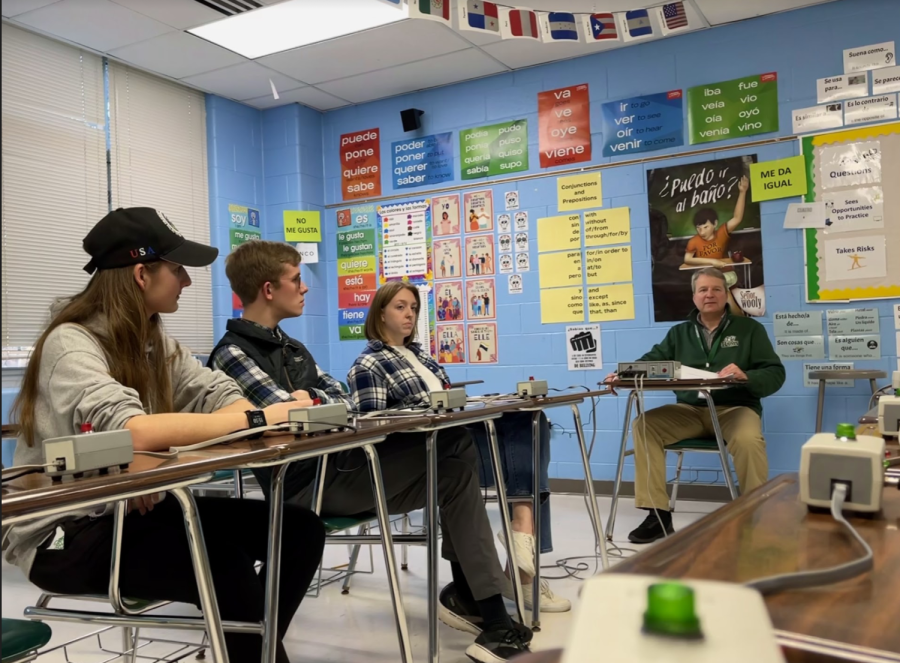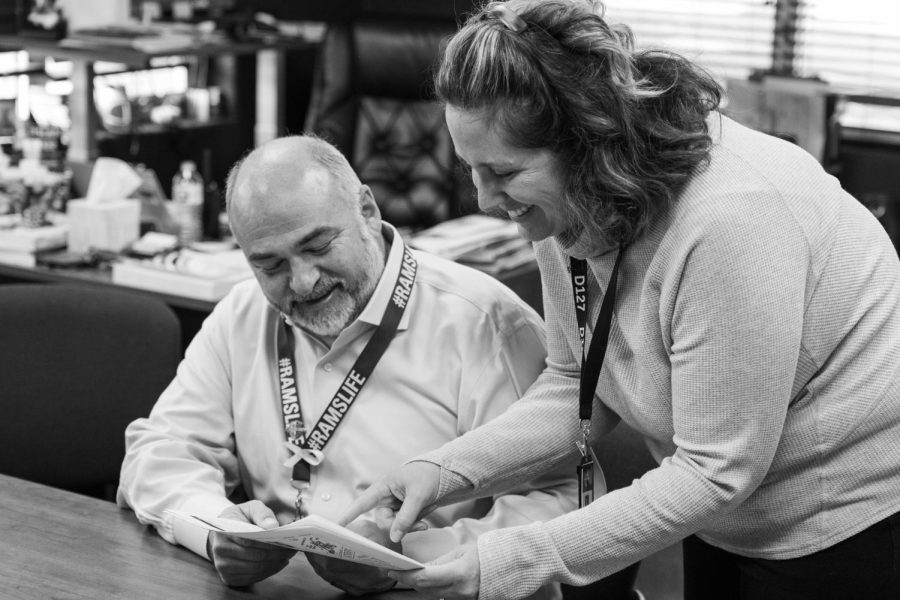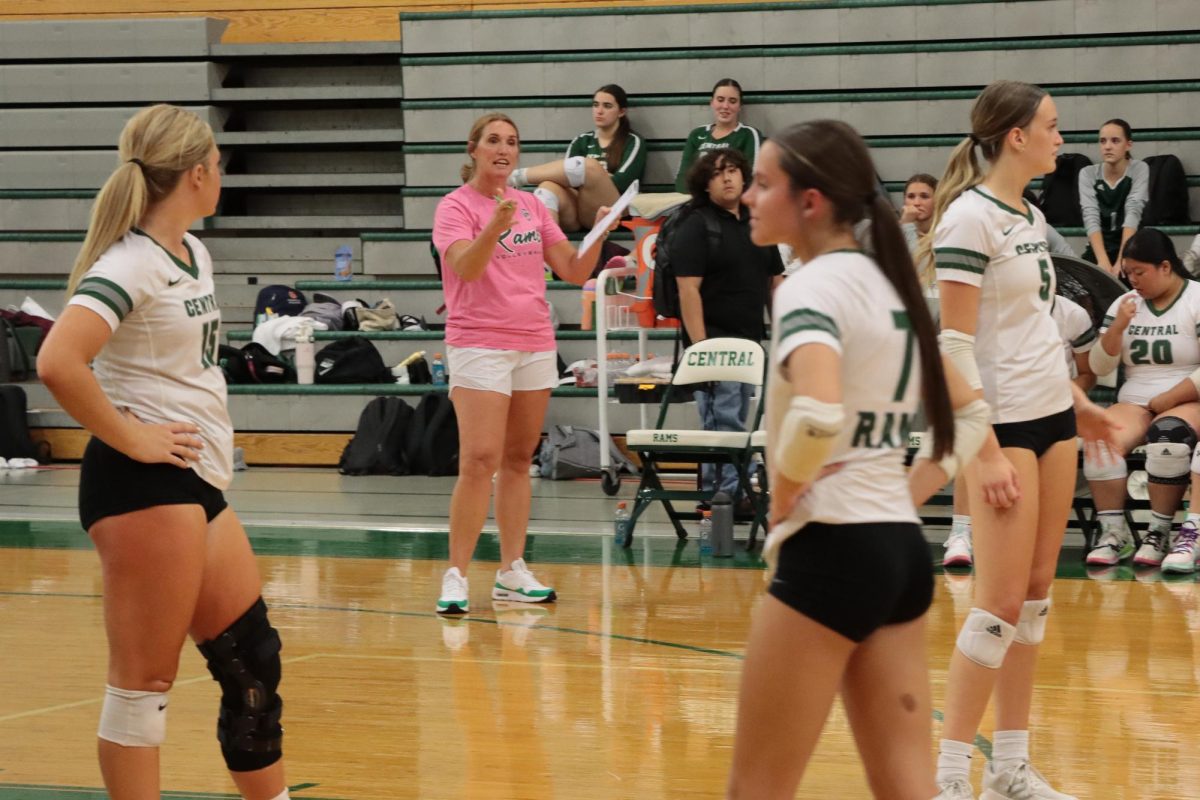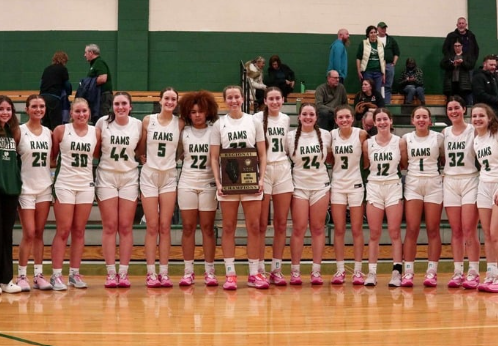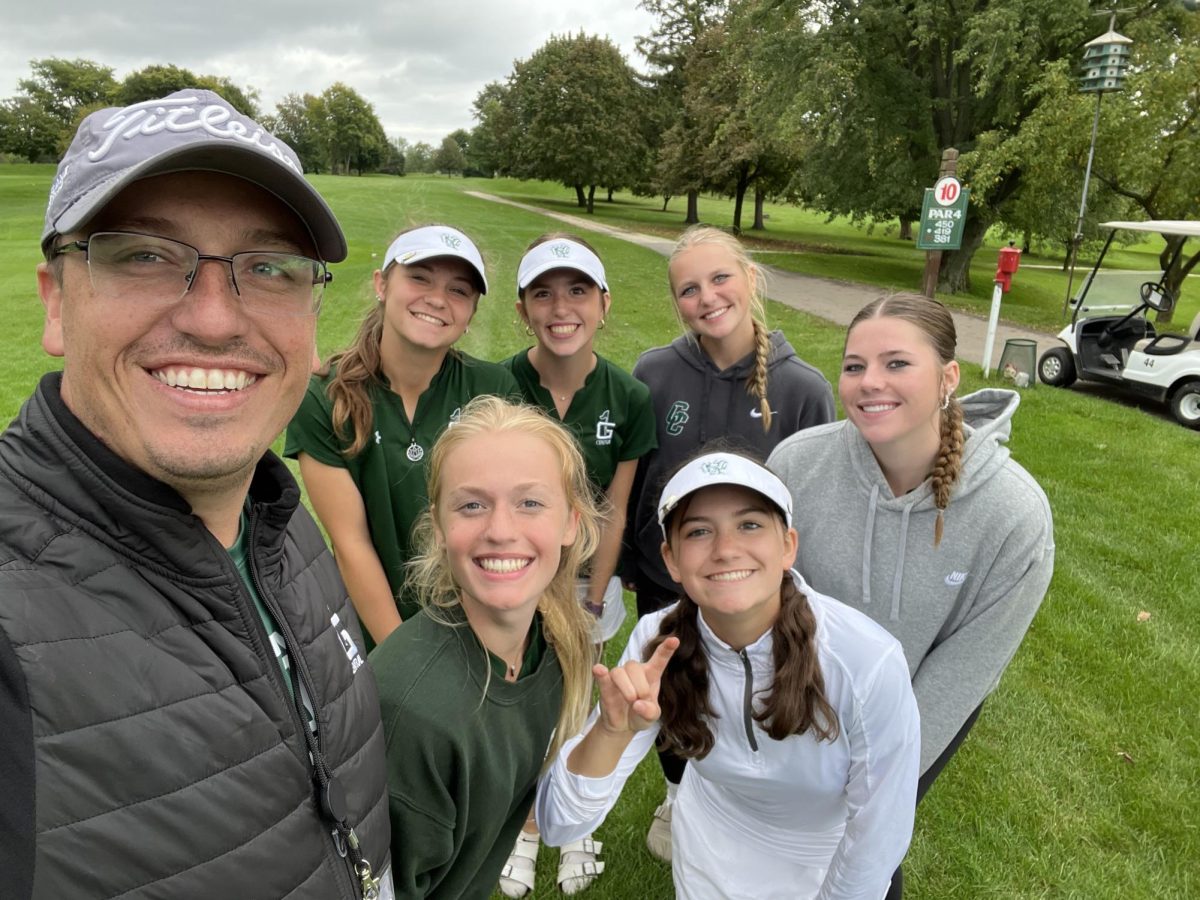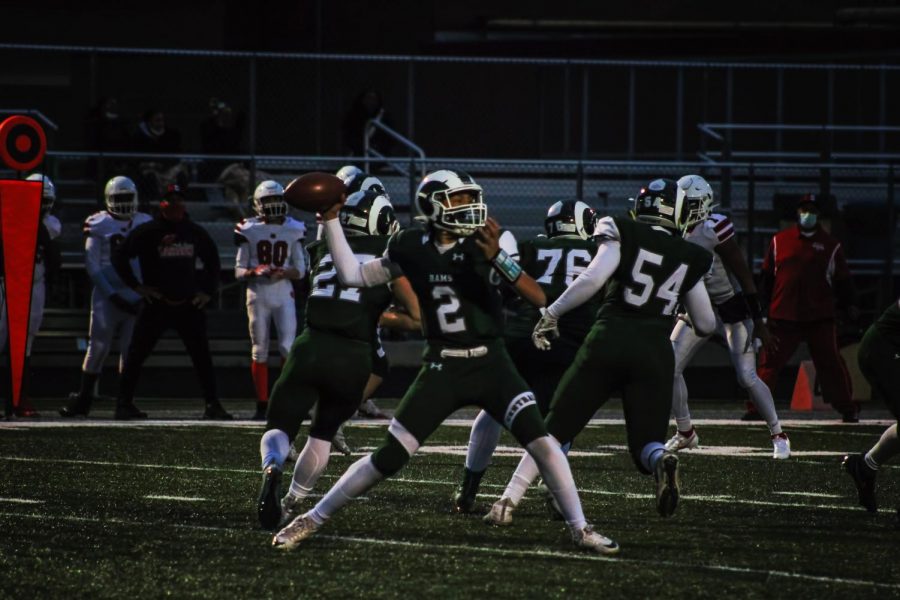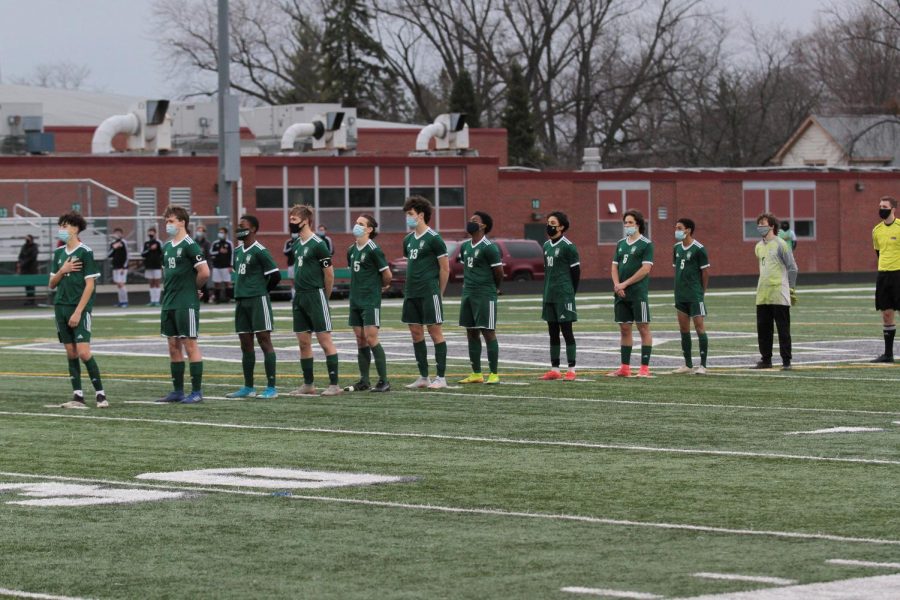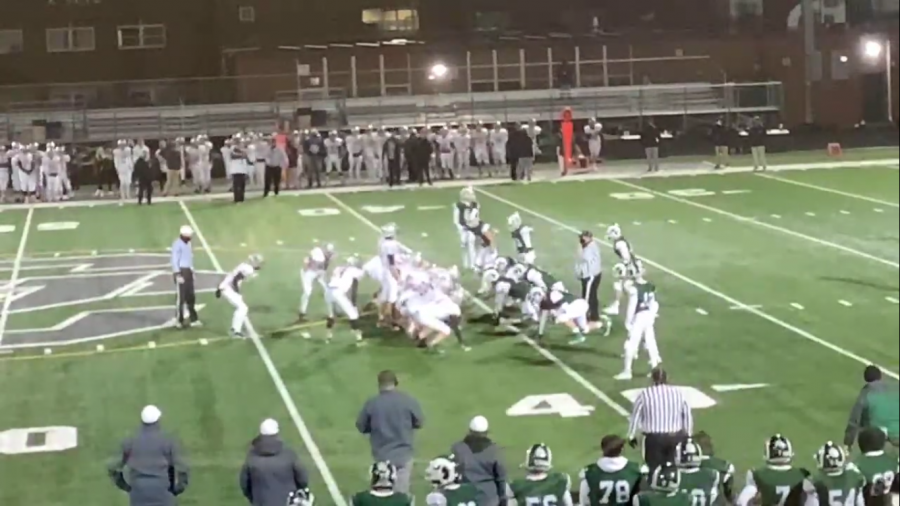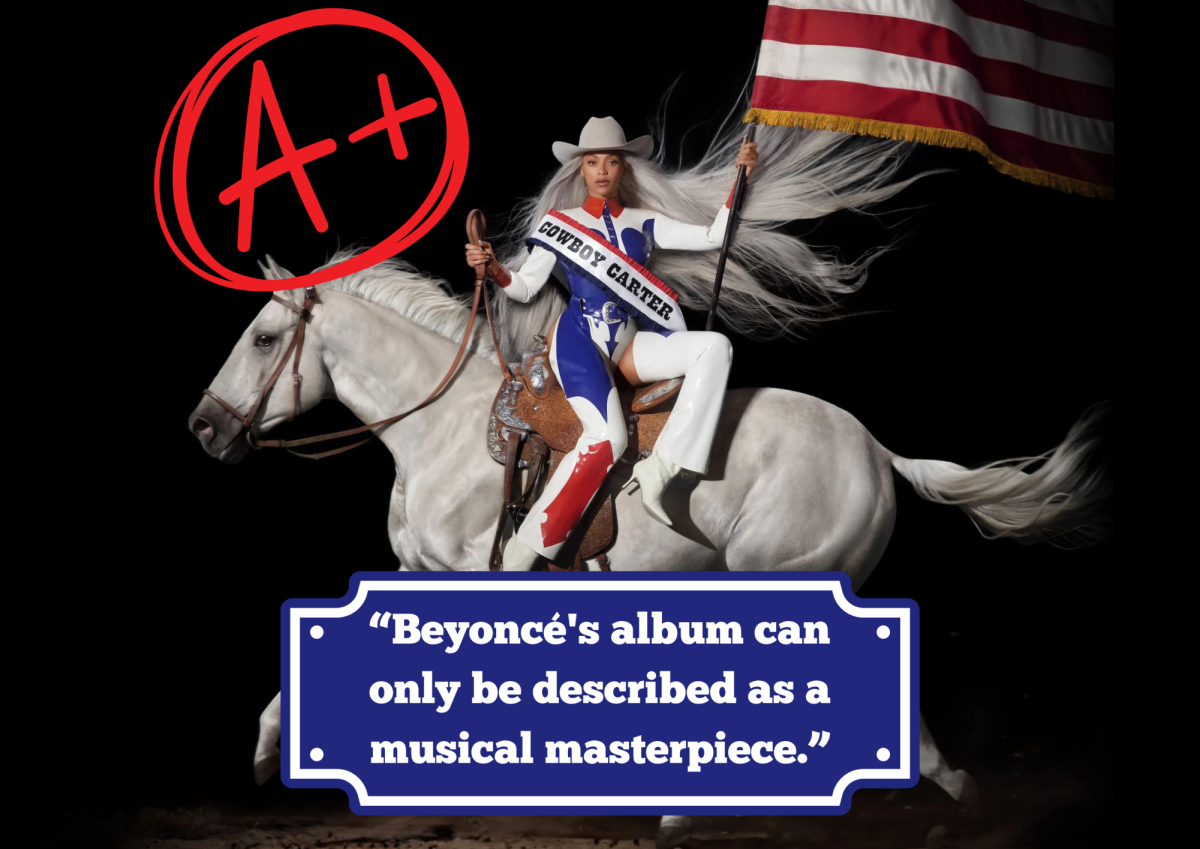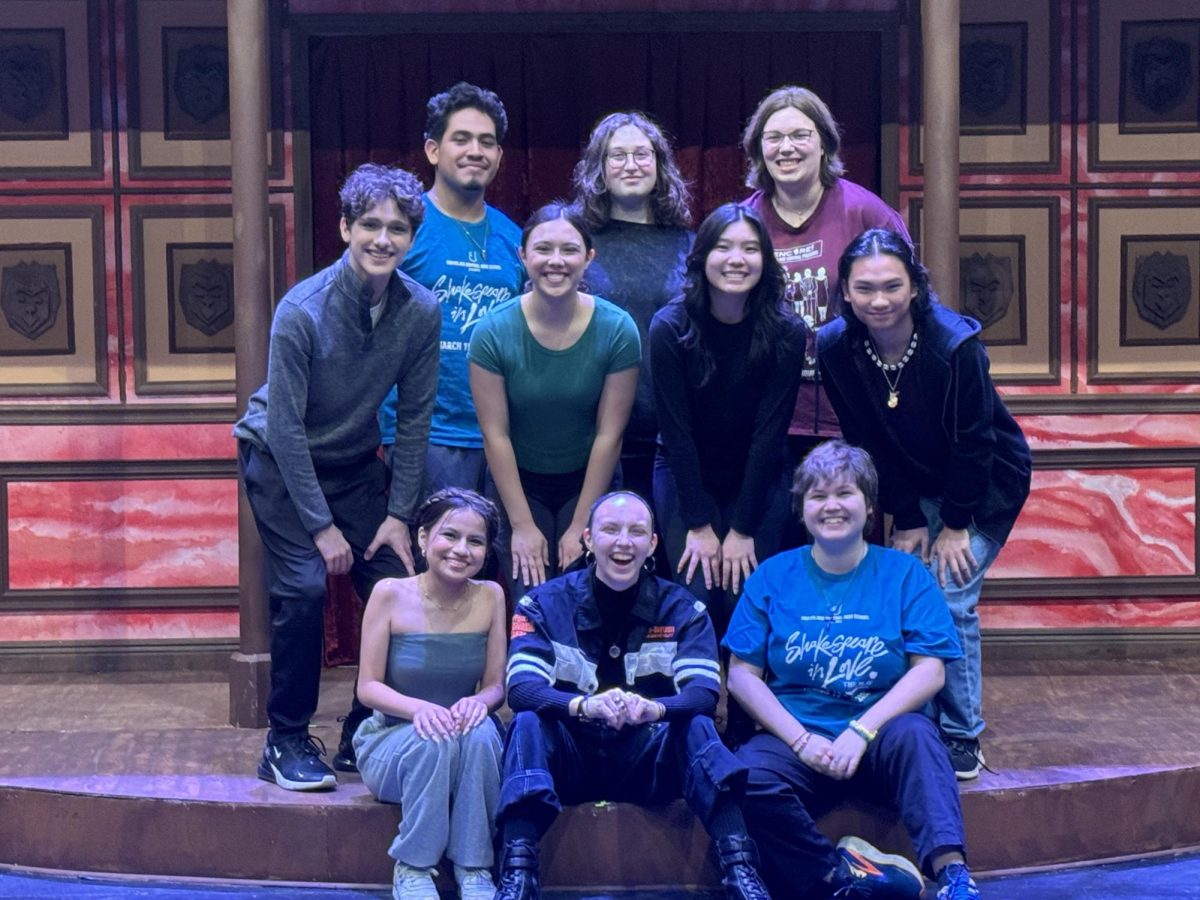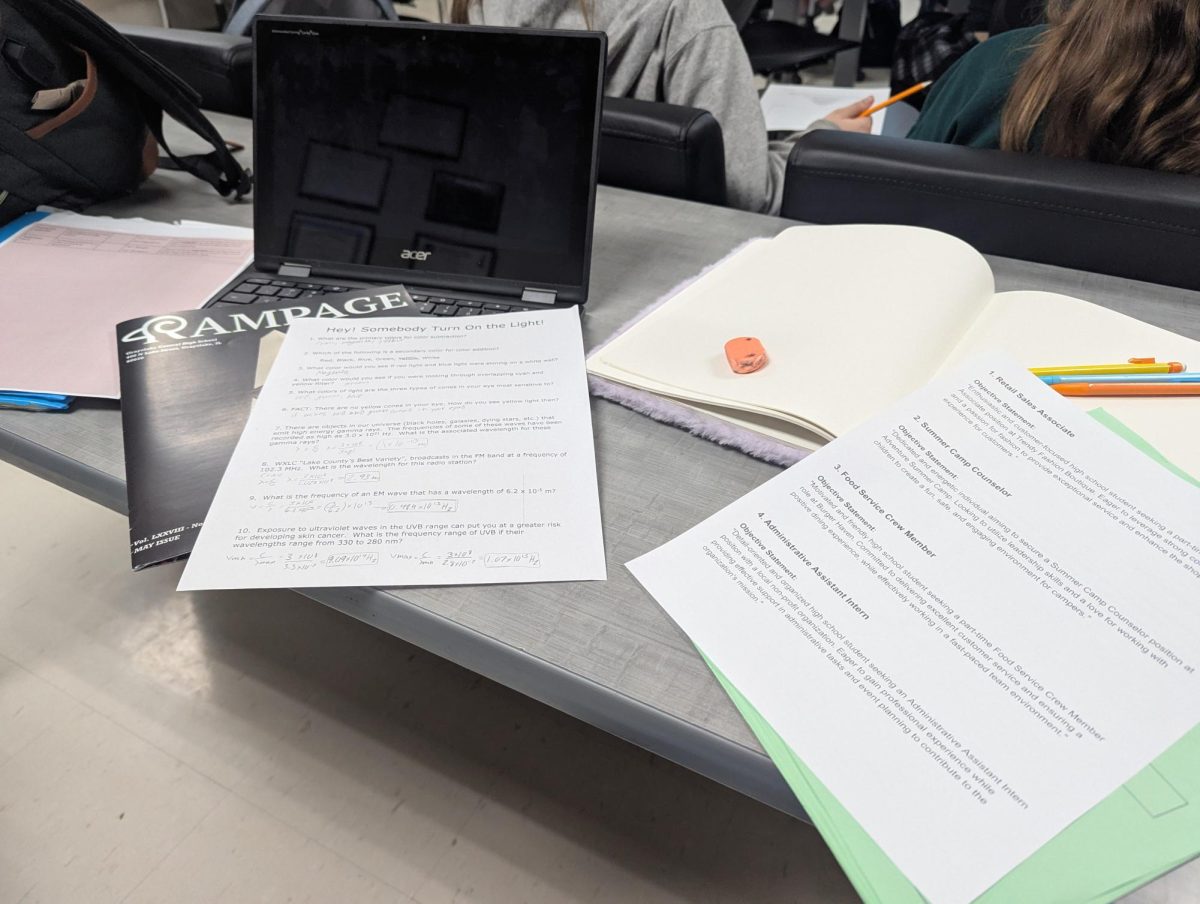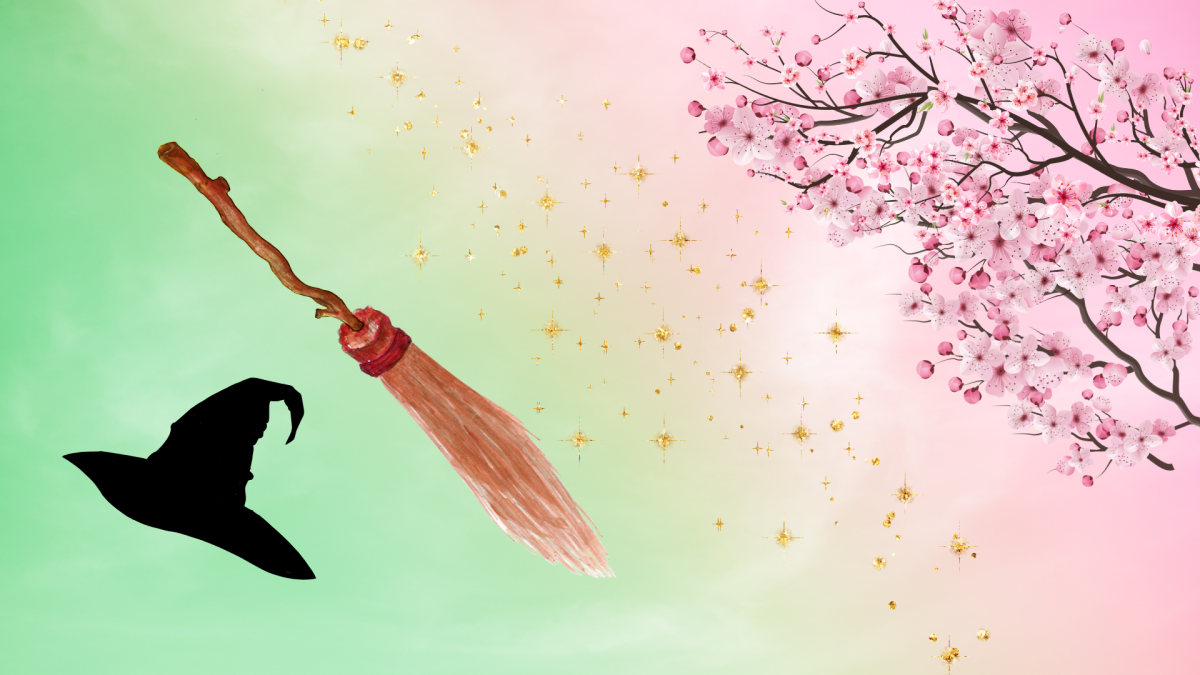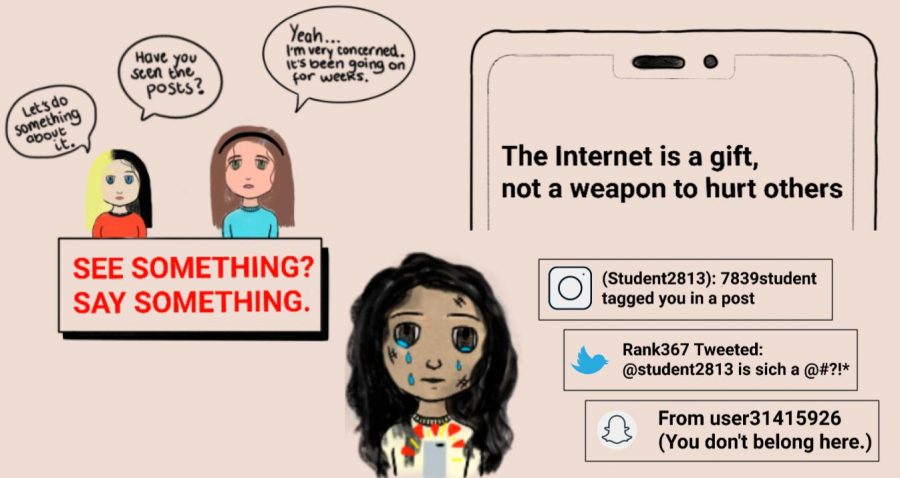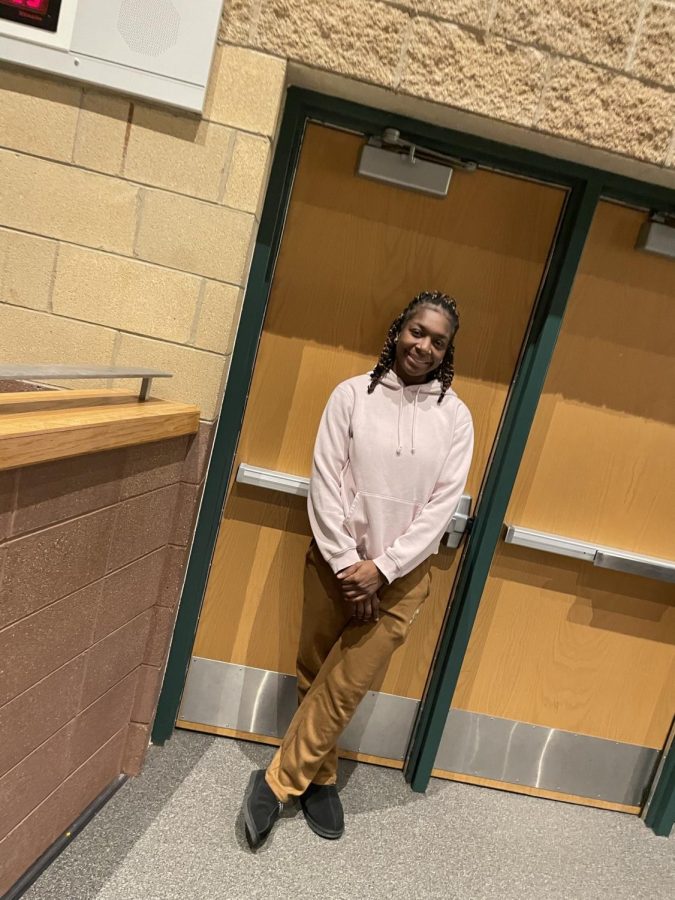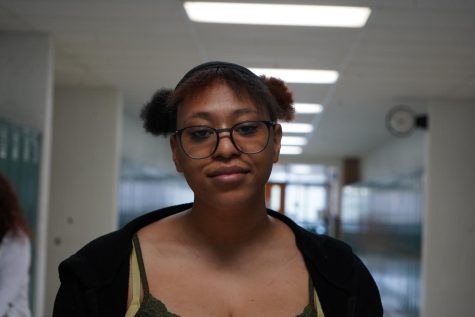Black History and Allyship in GCHS
Simisola Osinaike works at the PSP Talent Show rehearsal
February 7, 2023
Black History Month celebrations begin every year in February. This month is set aside to celebrate Black Americans and the impact they’ve made on America and to acknowledge the struggles for equality and human rights they’ve spearheaded.
Black History Month dates back almost 100 years, although it has endured a few name changes. In its first iteration, created in February 1926 by historian and author Dr. Carter G. Woodson, a single week was dedicated to celebrating Black American history. Woodson selected this week in February specifically because it included the birthdays of two American political icons that had major impacts on the Black community, Abraham Lincoln, and Fredrick Douglass.
It became a federally recognized week of celebration when President Gerlad Ford issued a message celebrating Black History Week and eventually Black History Month, a trend which presidents after him continued. It wasn’t until 1986 that Congress passed a law federally recognizing Black History Month.
Black History Month isn’t only about the Civil Rights Movement and famous people like Dr. Martin Luther King Jr.; Black history includes significant figures in local communities to participants in a Black Lives Matter march. Black history and Black excellence is celebrated on all levels.
There is Black history being made here, at Grayslake Central High School, too.
The Black Student Union is a great way for Black students to come together as a community and celebrate, and speak out about their struggles. The club is open to anyone, but highly encouraged for Black students.
GCHS science teacher and BSU sponsor, Joey Philipp, described Black History Month as, “…the start. What I mean by that is, [people] should get to a place where Black history, Black culture, and really all histories and cultures in the United States are learned about and celebrated as a part of what we do every day of our lives.”
Although many students have found ways to get involved and celebrate Black history, one is making her mark. Simisola Osinaike likes to participate in clubs and sports to make her own history at GCHS. Osinaike has participated in volleyball for four years, track and field for two and a half years, BSU for three years, and Green Dot Leadership for two years.
“Moving to a predominantly white neighborhood [in Grayslake] made me feel insecure…” said Osinaike.
Lots of neighborhoods still experience segregation to some degree. Most races tend to stay in the same areas as their counterparts. So when people of color move to predominantly white areas, culture shock is a common occurrence.
Culture Shock is an anxious or out of place feeling people get when going between the actions and behaviors of one culture to another. This can affect anyone, but its effects on African Americans are pronounced when moving to white-majority cities.
Black History Month is a time for growth and celebration, and there are many ways to celebrate. Educating yourself and being a good, understanding ally to your Black peers is the best way to celebrate. The most important thing you can do is lend an ear and even a helping hand to Black people in your community.
While Black people will always have experiences that many others can’t relate to, the best way to help is to listen and be understanding about the experiences of others, particularly Black Americans.
Phillip agreed saying, “The first step is just believing in people’s lived experiences. If we do that, then we can start to make changes and act on it. But if we don’t believe in the lived experiences that people are having, we never get to that place.”
Black History Month is important. Lend an ear. Be an ally.

